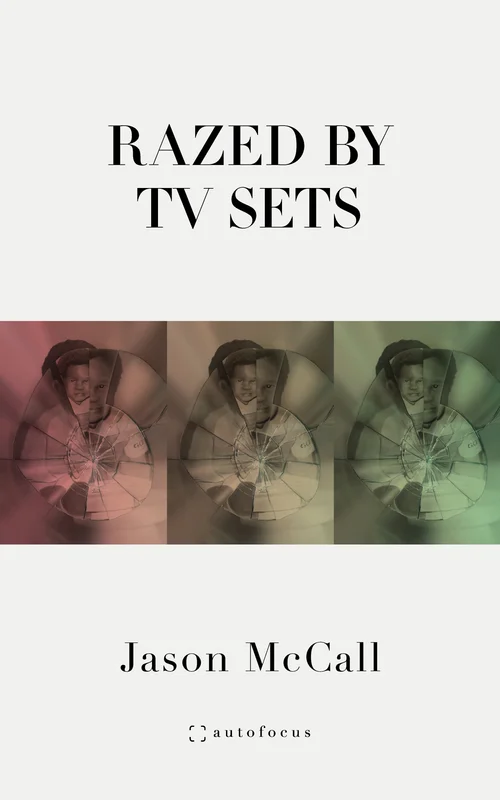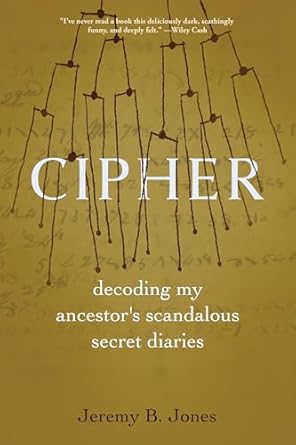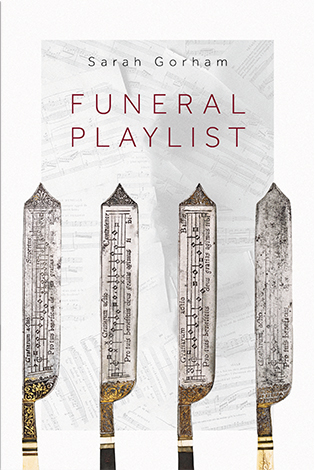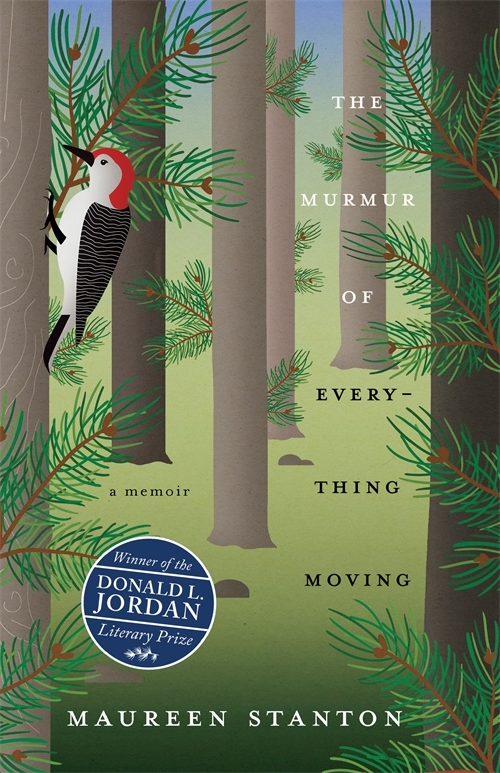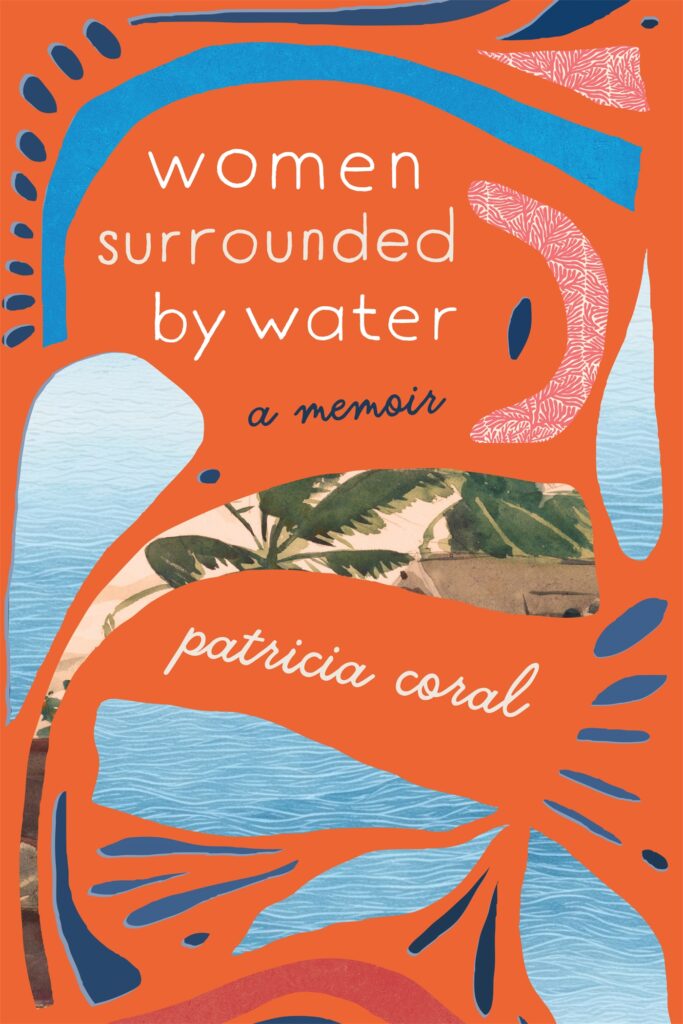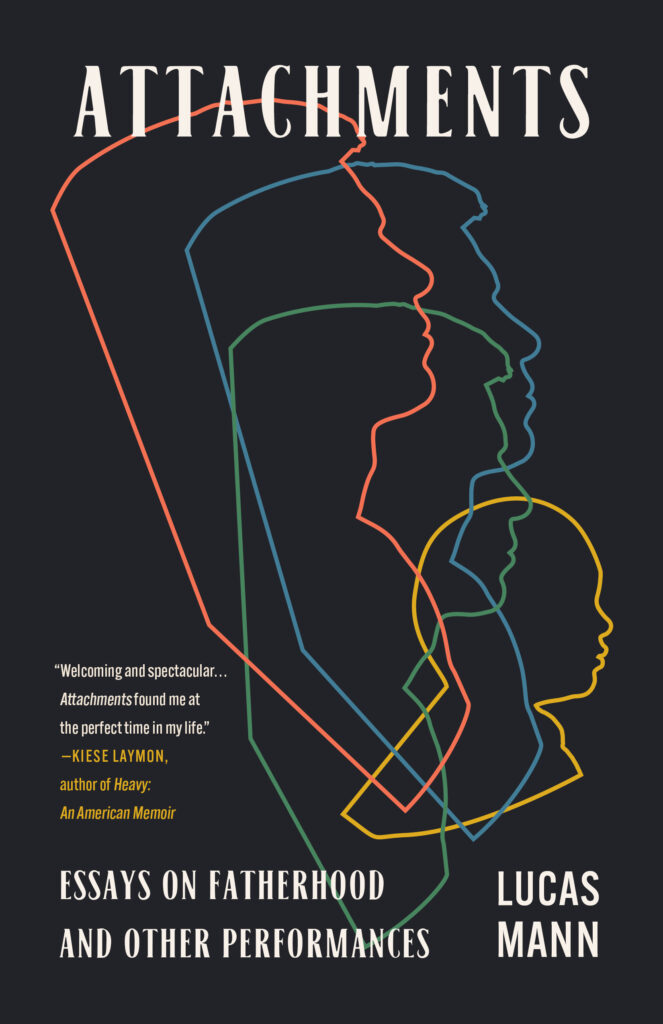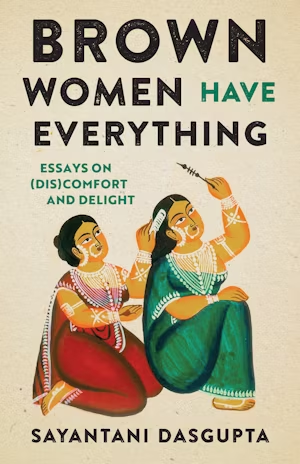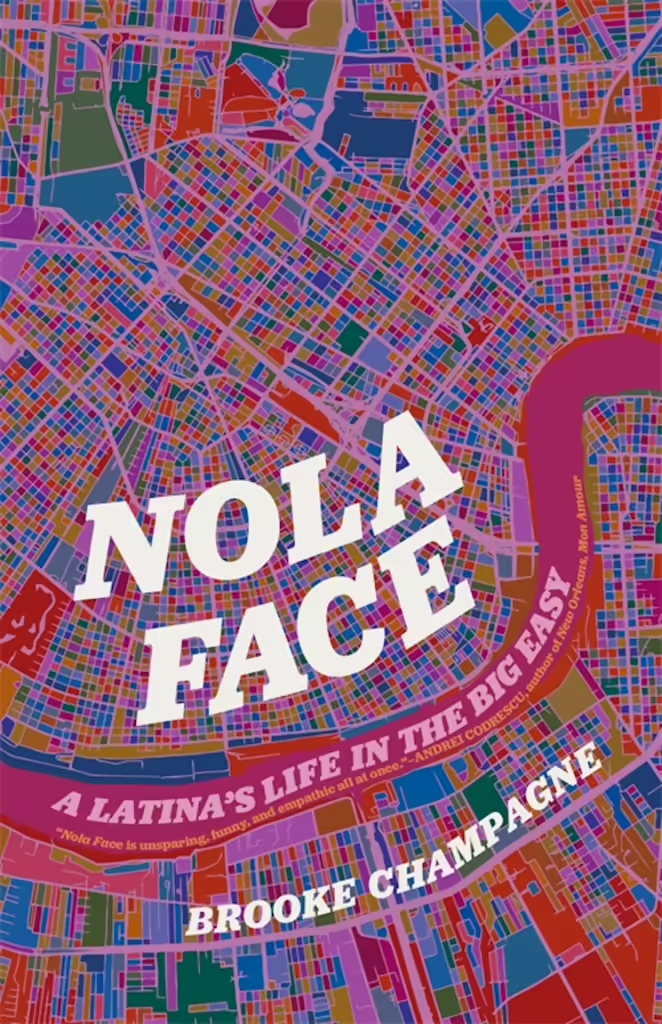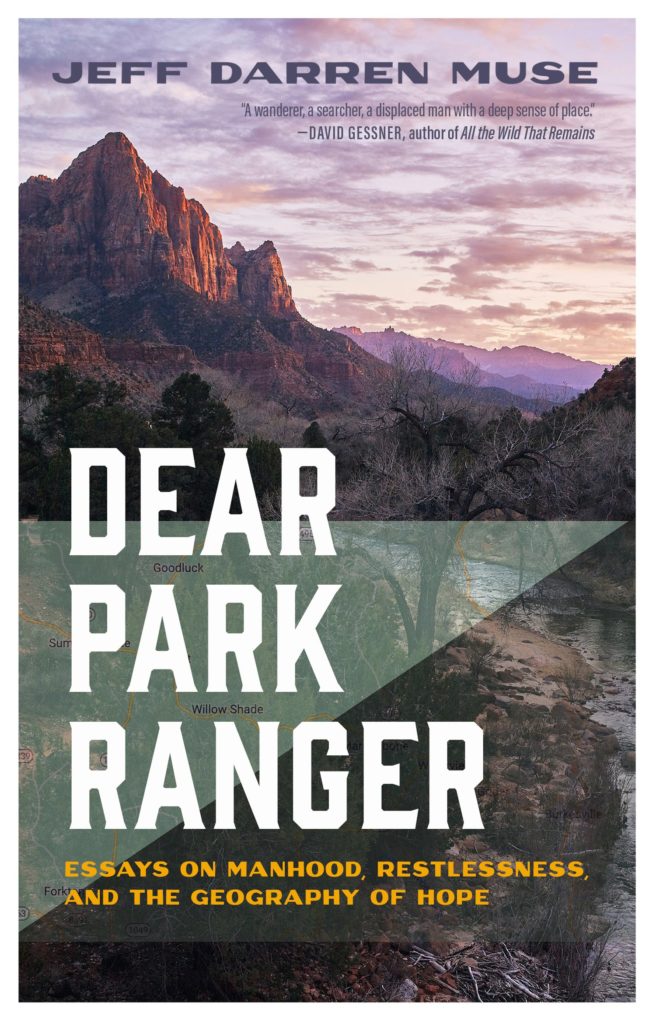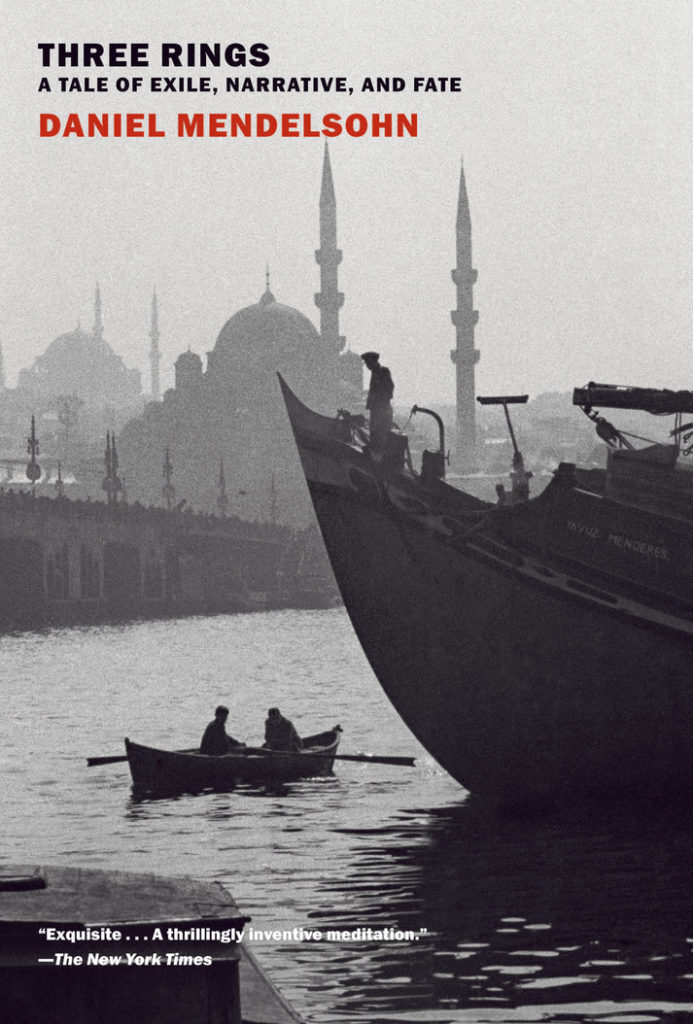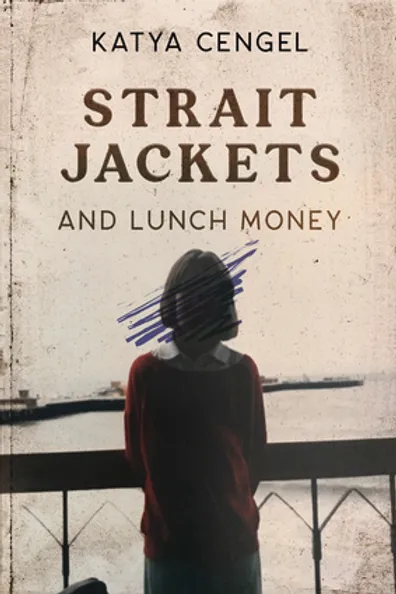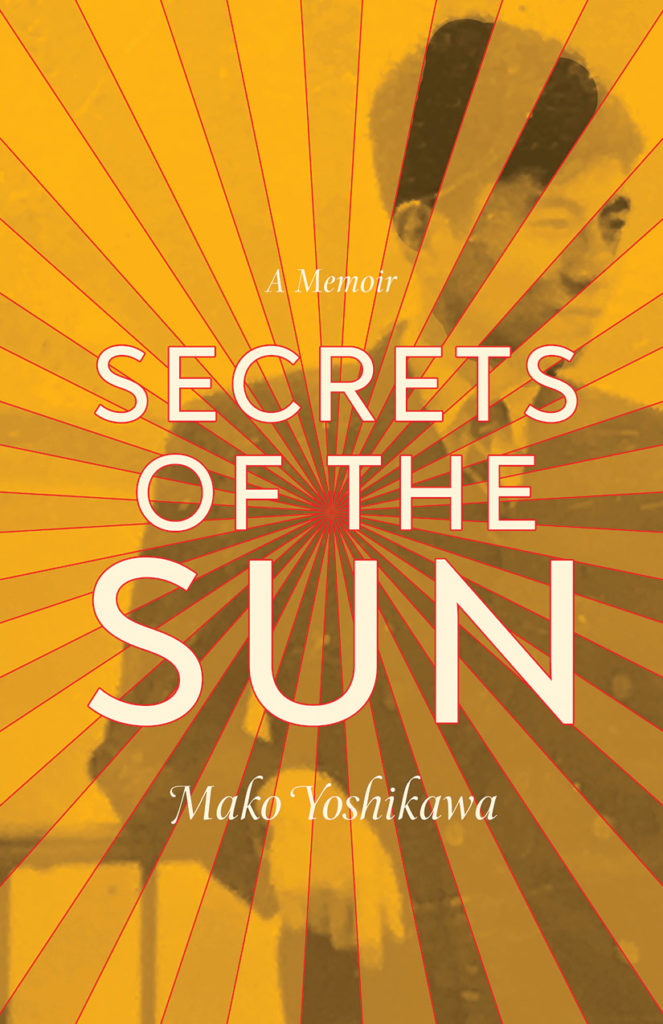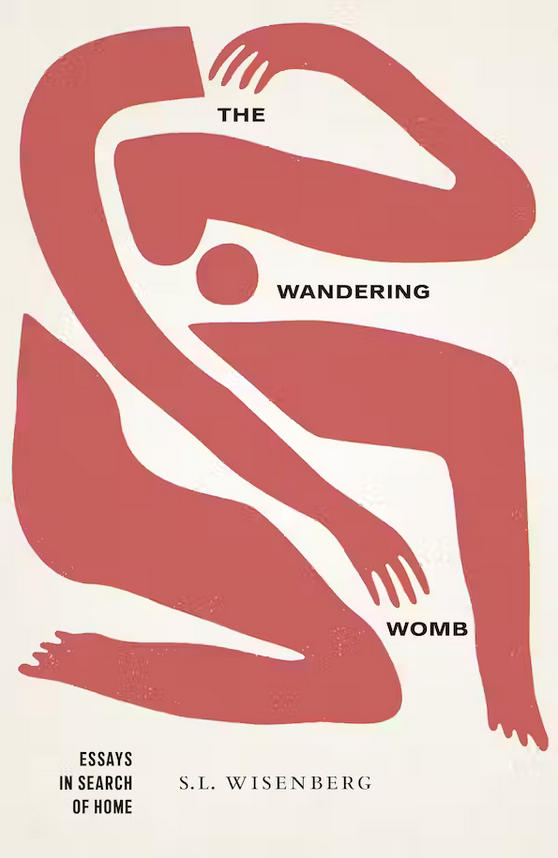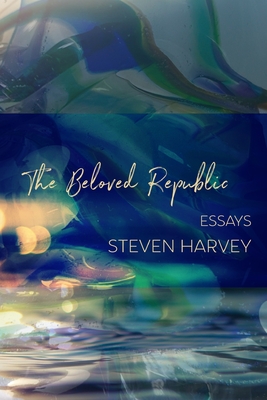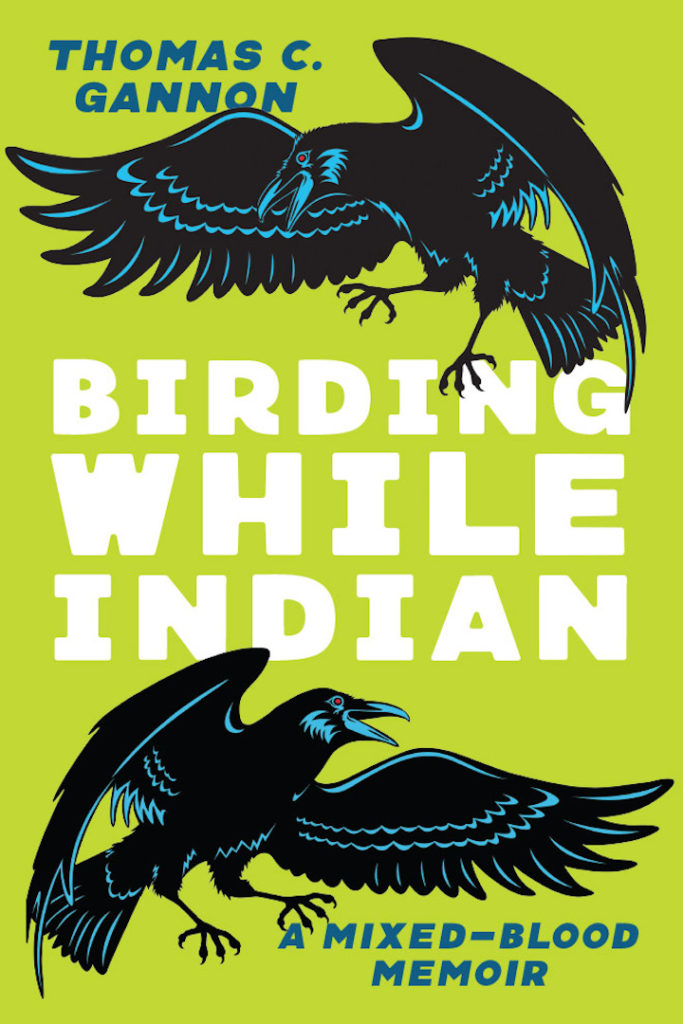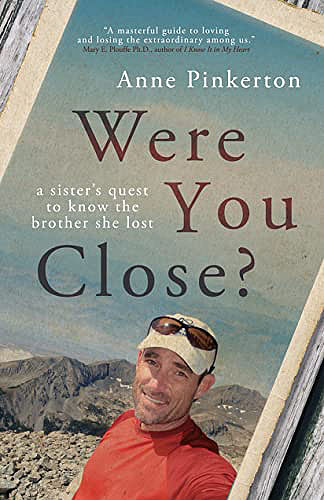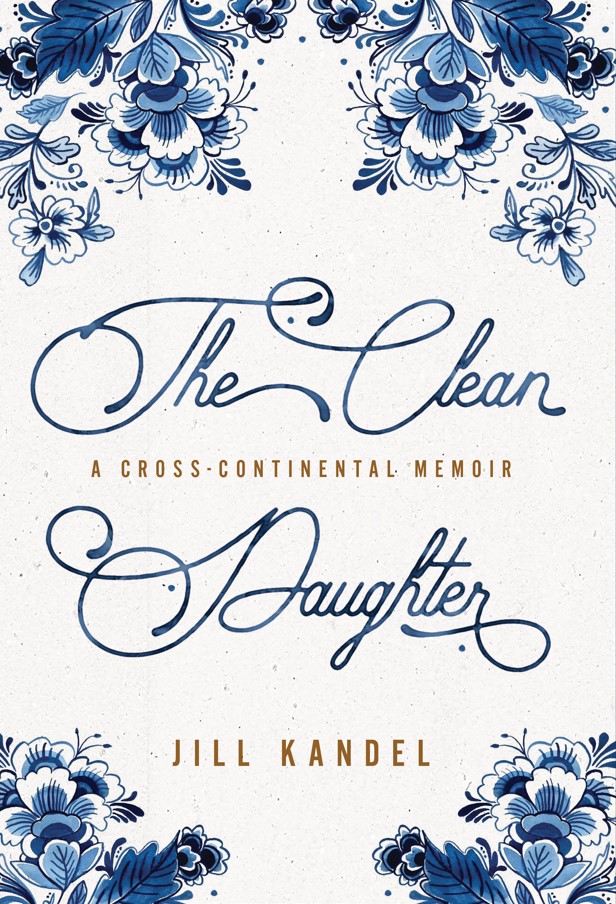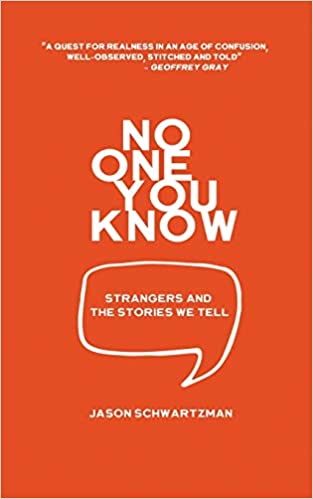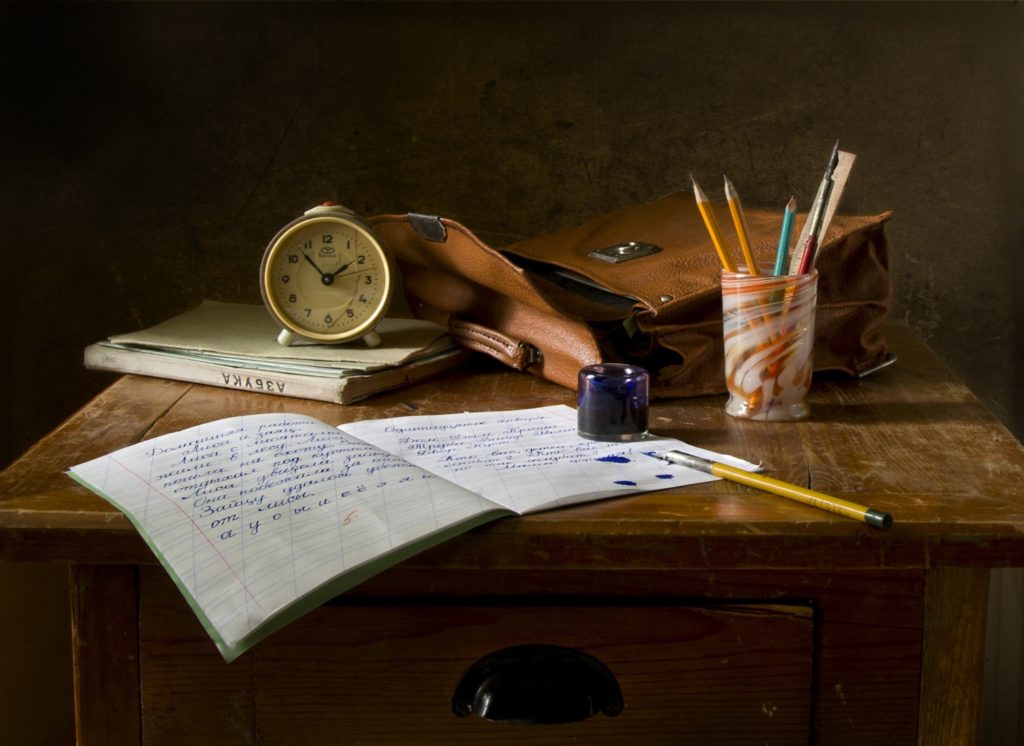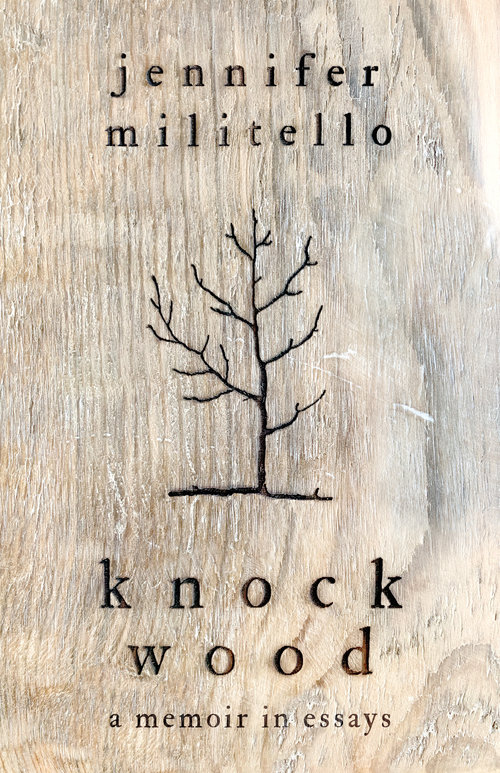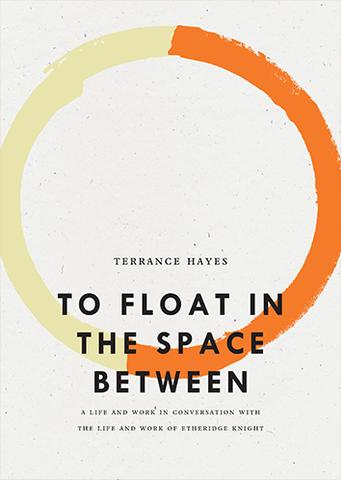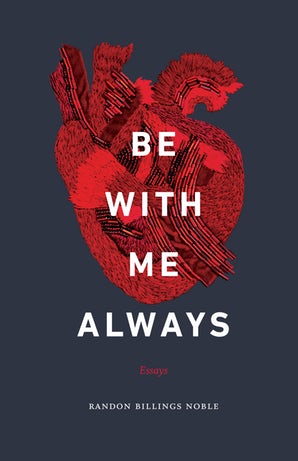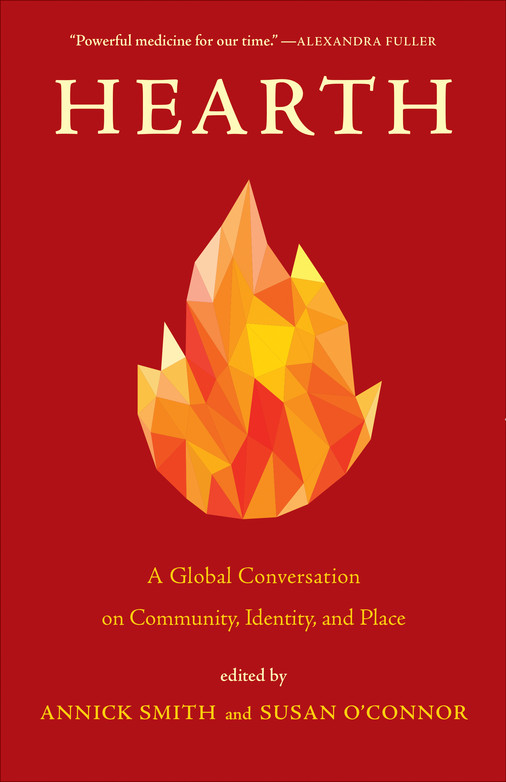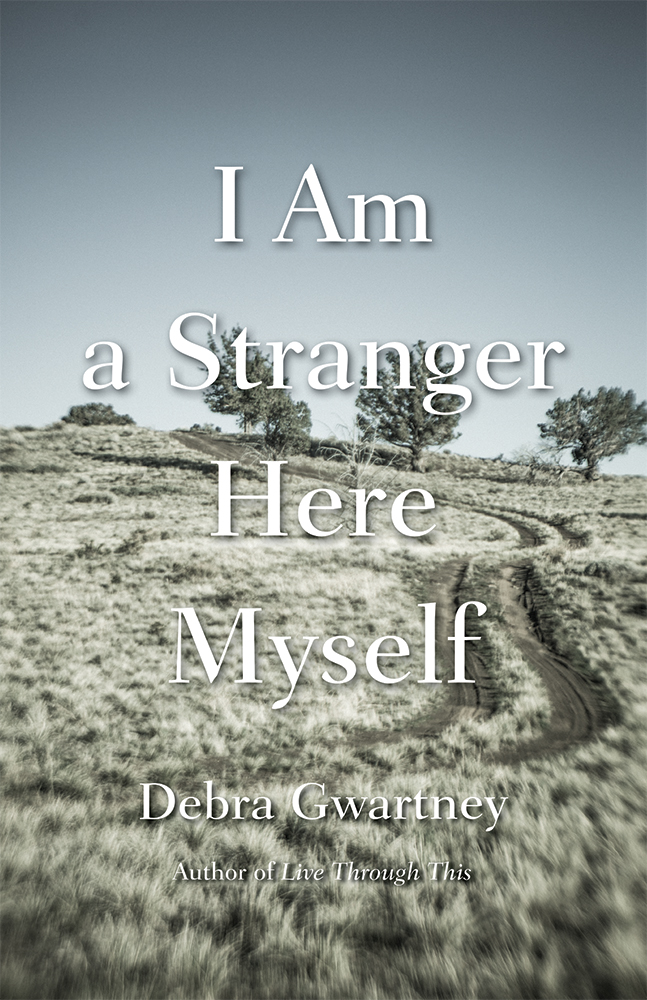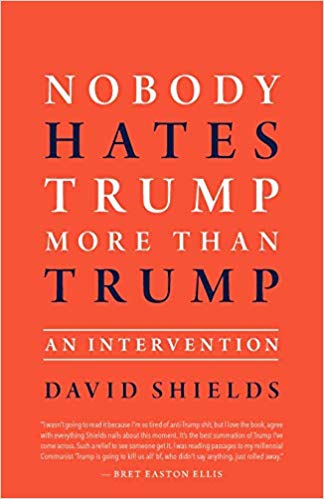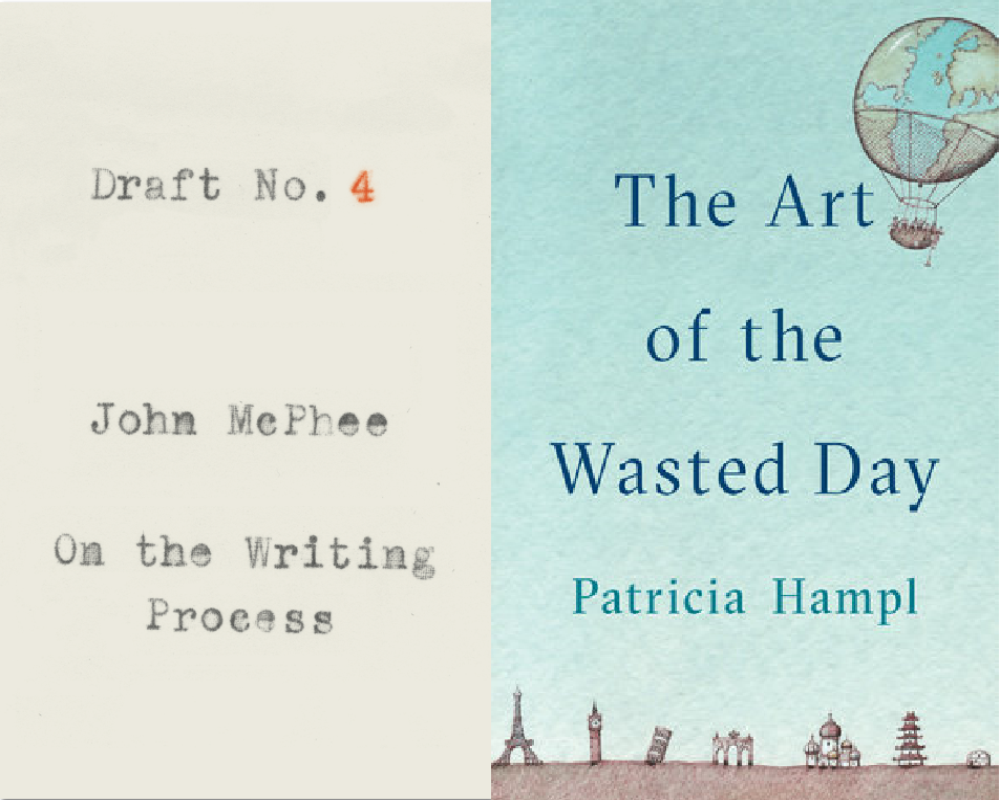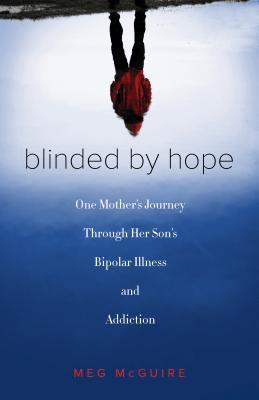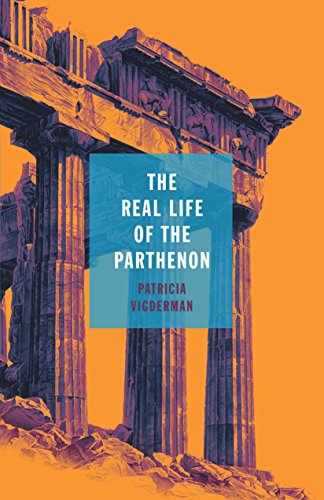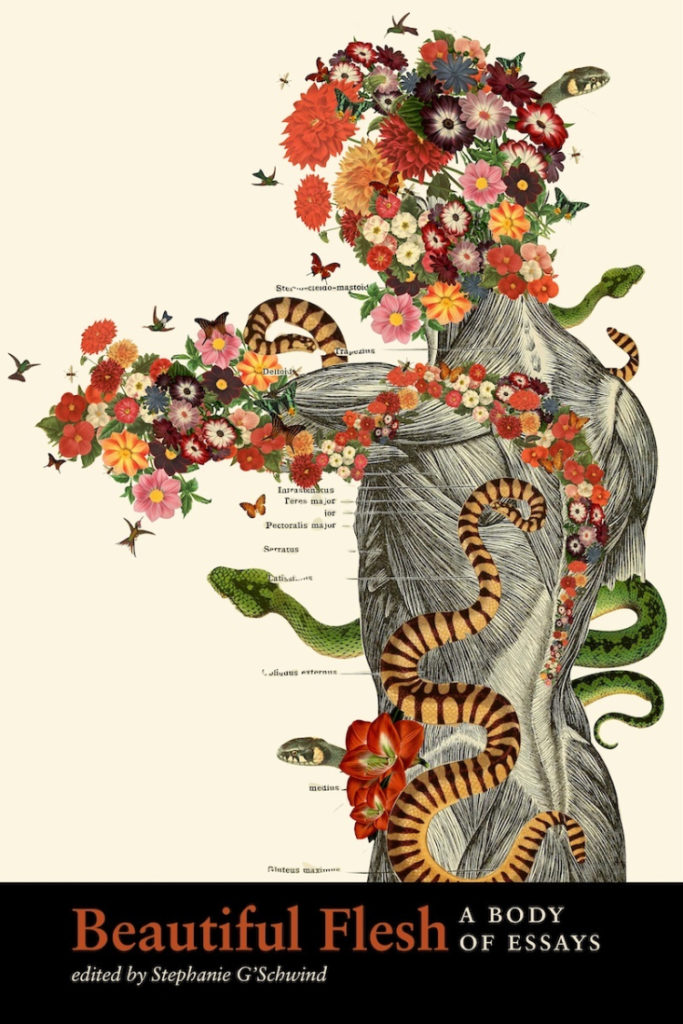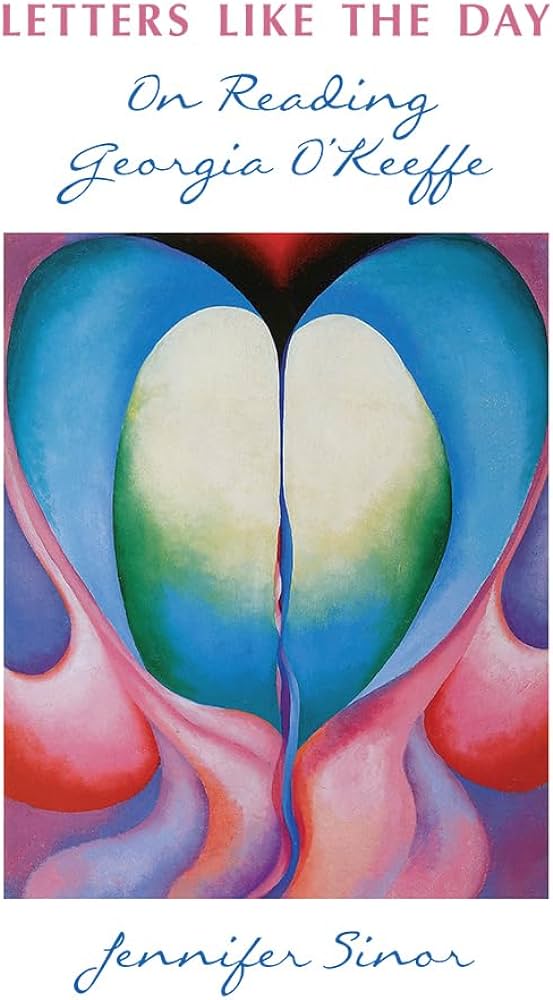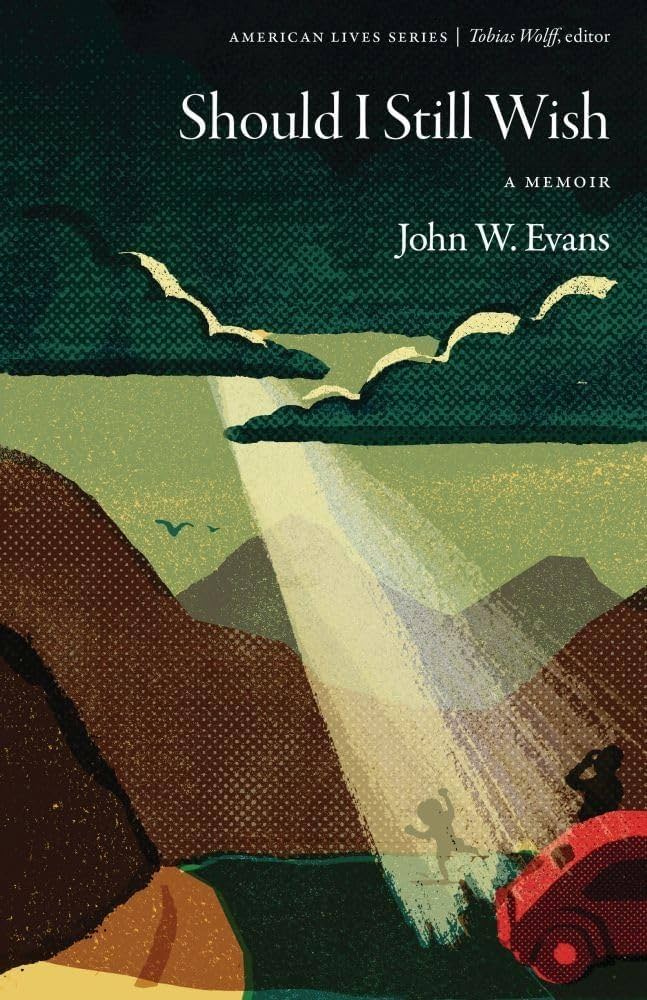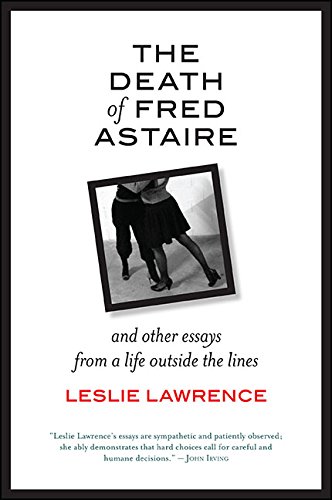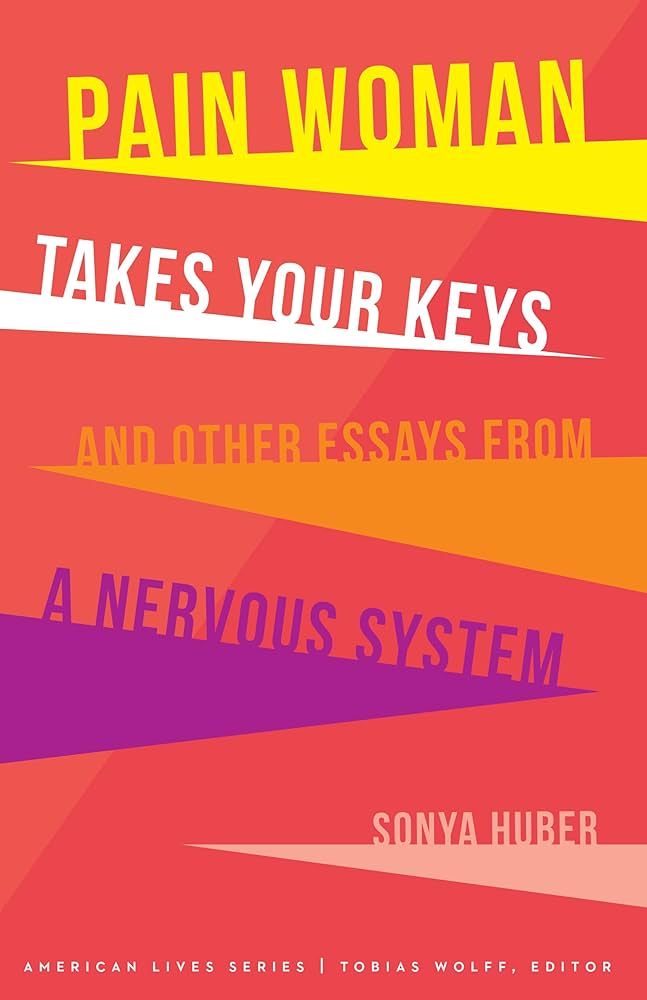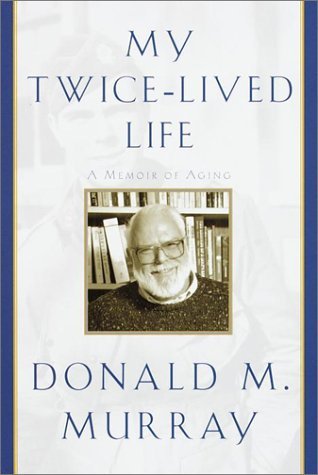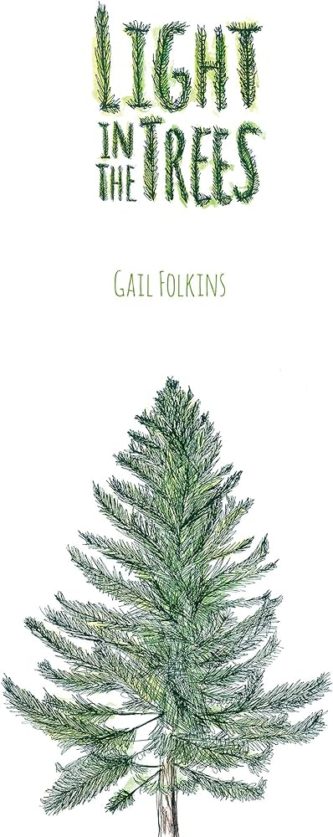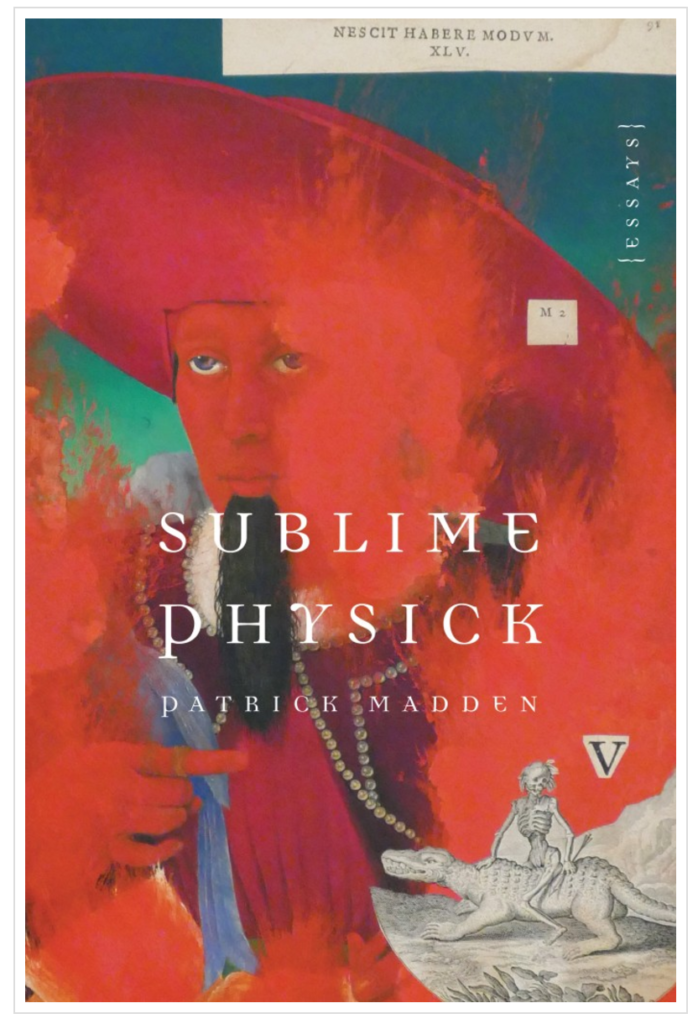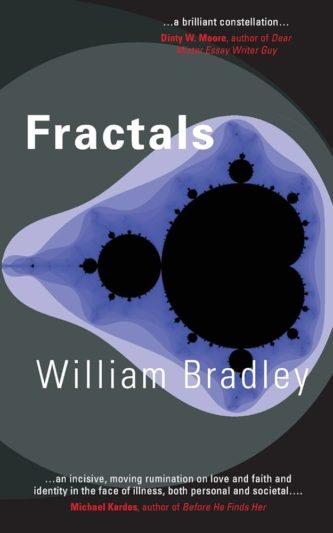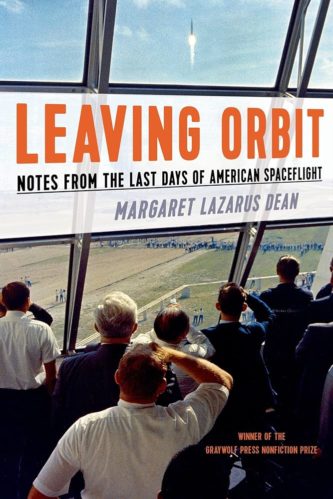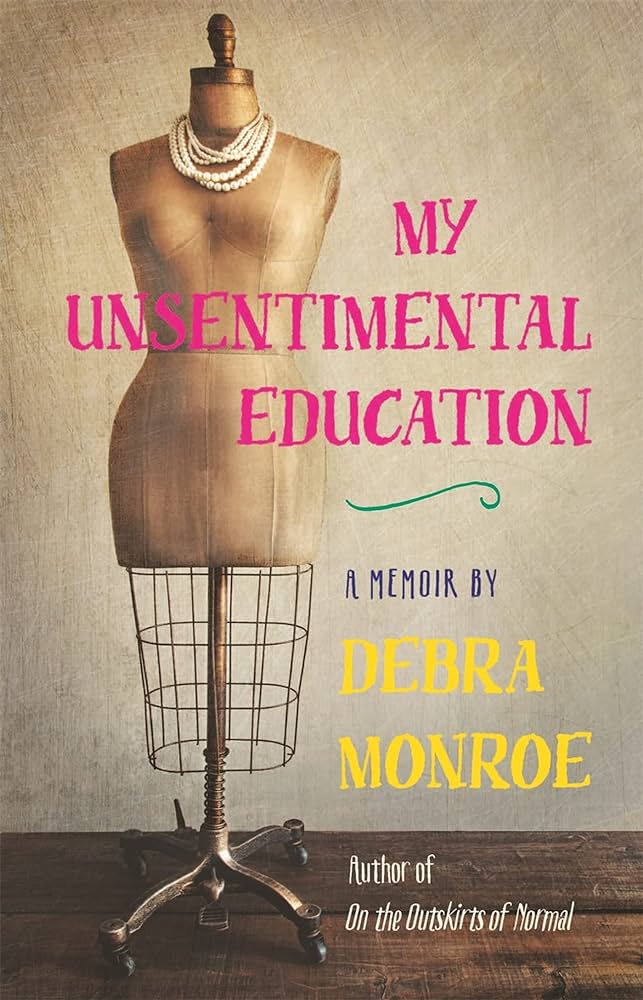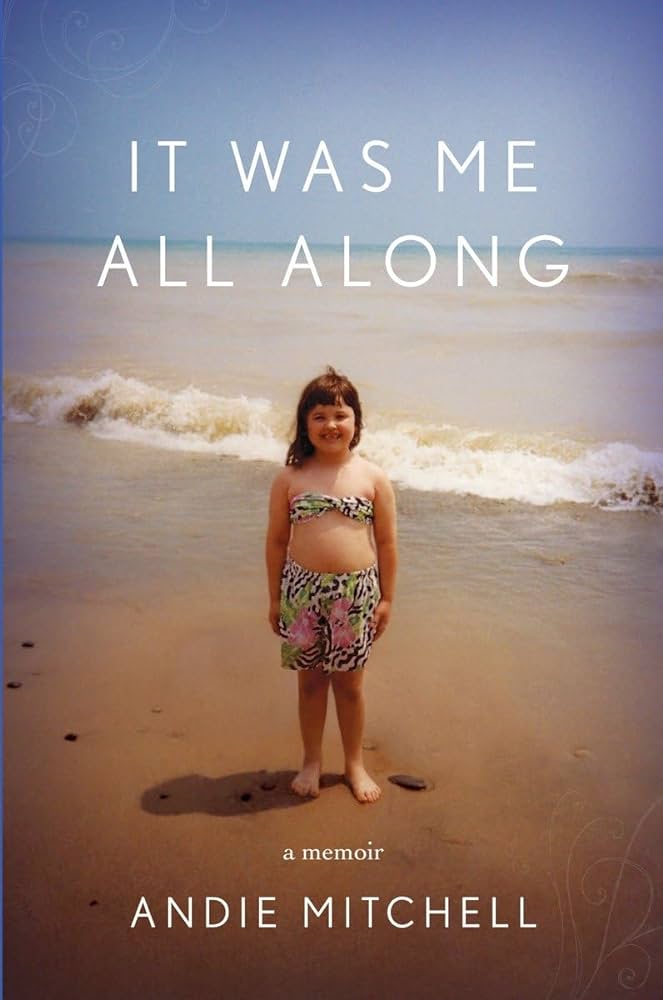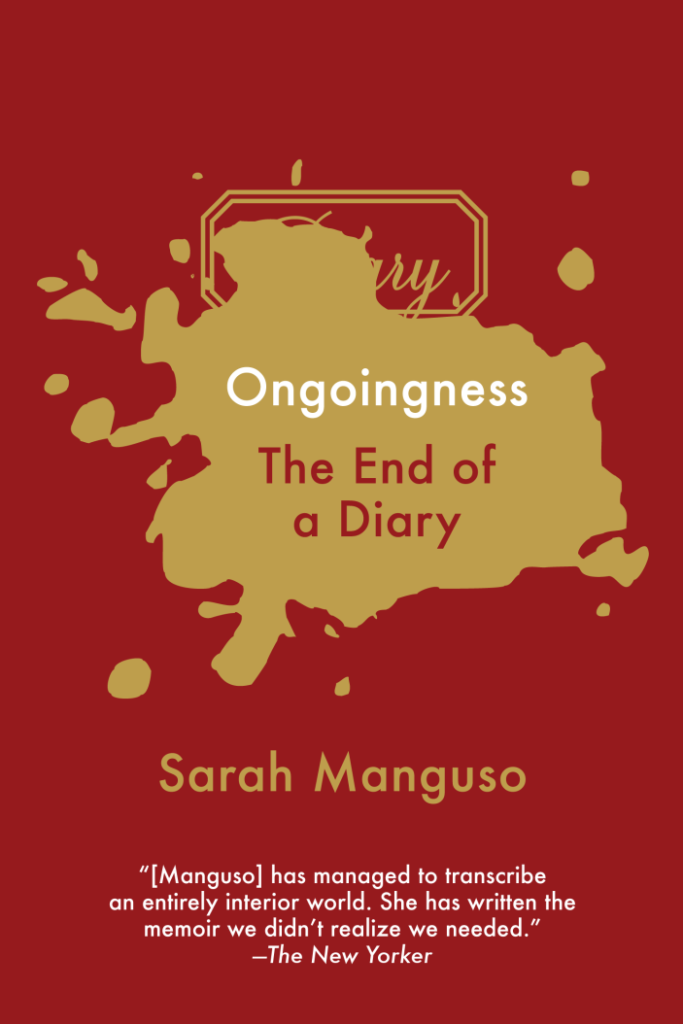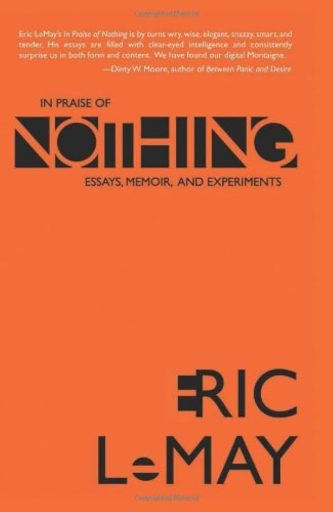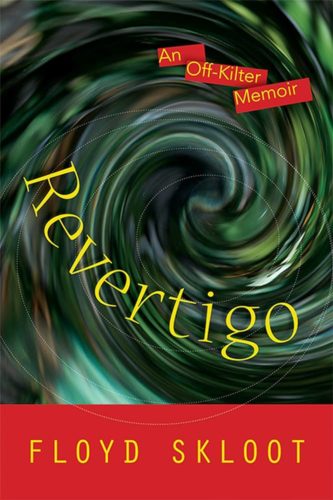By Samir Atassi
My Body Is a Book of Rules by Elissa Washuta
Elissa Washuta’s memoir is a twisting, chameleon-like work of reportage, highly poetic at times, showing how cultural forces and tragic events have left their tracks on her body and mind. The search “for an identity to sink into” in a savage, selfish world is at the heart of this book. The author examines all the moments from her past that have tried to define her, including—her rape while living on the Mid-Atlantic coast, her diagnosis of bipolar disorder, her search for an ancestral connection to the Cowlitz Indian tribe, and her strict upbringing as a Catholic. Tension is felt as Washuta battles to stay sane while being menaced by past experiences.
This battle is waged in the context of Washuta’s journey from her days as an undergrad at Maryland, post-rape and heavily medicated for bipolar disorder, through a series of sexual misadventures on her way to graduate school in Seattle. The cover photograph, Ondine’s Choice, shows a young woman held in the grip of self-conflict. The hands of the bodies’ needs and desires clutch at her, hold her fast, even as she looks to the left at a fish rising out of the bathtub, her older, elemental self, beseeching her for a return to deeper origins. The figure of Ondine, a tragic water nymph from mythology, echoes through the book as a symbol of the author’s yearning for personal change. She writes, “When I was seven, I became obsessed with mermaids, certain that I could fuse my legs into a fin if I pressed them together firmly enough under my modest sub-desk plaid.” And again on the book’s very last page, she recalls the aquatic metaphor in a slightly different context:
My brain steams inside my skull, overheated as I consider driving my car into the Sound, surfacing, and binding my busted legs into a mermaid’s tail. I never change—not a lot, anyway, and not for the better—but that’s because every series of small improvements falls like a row of books on a long library shelf, dust clouds paired with tiny thuds. I don’t want small changes: I want to turn half-creature and breathe through gills, replace my human brain with something that needs to know only smell and light and balance, an understanding of pain without nuance and shade.
The author’s wish here for a limbic brain, reaching back to the pre-human, natural origins of feeling, recreates in prose the symbolic drama played out in the cover photograph. The book’s ending thus connects back to its beginning, its own origins, in a nicely rendered unity of form and content.
Washuta also explores her ancestral ties to the Cowlitz and the Cascades, two Native American tribes virtually wiped out by Lieutenant Phil Sheridan in 1856. In “A Cascade Autobiography,” a 16-part series of sketches sprinkled between chapters, she traces the growth of her own consciousness of “Indianness.” The sketches proceed chronologically, starting with her first memories of this ancestry as a source of alienation from her classmates and herself. She writes, “. . . and though the teacher told me this was my heritage, I was not certain that I believed in cacti or mesas, having never seen them.” In Part 7, she notes how she never had access to her Indian grandparents or their stories and knowledge, instead inheriting the storytelling tradition from her relatives of “East Coast European-American” descent. Relentless in her search for connections, Washuta even considers her gallbladder disease as a possible genetic link to her Indian heritage.
Eventually, she sees her experience of pain as a rape victim as a way to identify with the “historical” pain of atrocities suffered by her ancestors. She writes, “A pain so old begins to feel like predestination, locking every generation into more . . . I savor the twisted prestige of inheriting old hurts most people only read about in history books.” The short, anecdotal form of these sketches resemble the slow accretion of knowledge. Through small but important insights, Washuta has developed a finer relationship with herself and her ancestors.
In fact, this memoir’s form, or rather, its jagged, postmodern collage of a multiplicity of forms, is both the book’s most jarring feature and its most seductive. The prose swings from a lyrical, introspective voice, as seen in the longer passage quoted above, to the raw, explicit language of chapters like “Fucker and Fucked.” Under its seemingly crude surface of contemporary twenty-something speak, this chapter actually carries out a sophisticated sociolinguistic study of her peers’ (and her own) sex habits, those shifting dynamics of power surrounding the current phrase, the “hook-up,” which describes sexual relations. Typographically, the book is a feast for the eyes, as each chapter puts forth its own “shape” on the page; various print layouts and arrangements of text combine to form a very rich visual texture.
Some of the forms Washuta uses to shape her chapters and tell her story include ethnic historical biography, epistolary/formal letter, Q & A, diary/journal entries, lists, bibliography, case histories, TV Tele-scripts, e-mail and IM transcripts, an online dating profile complete with explanatory footnotes, and straight prose. The author “clicks over” to a different lens of perspective with every chapter. This movement closely resembles our fractured 21st-century consciousness, our post-Postmodern aesthetic, wherein individuals’ expressions are spoken and written through a whole prism of social media, internet, sound bites, virtual reality, and so on.
However, this book is more than just a juxtaposition of wild, contemporary forms. Washuta’s accomplishment is to crawl inside these forms and manipulate them to tell her truth. For example, the chapter “I Will Perfect Every Line Until My Profile Is Flawless” is a transcript of the author’s online dating profile from Match.com. Washuta’s brilliant move here is to include footnotes that humorously contradict the profile entries, telling the truth behind the “person” onscreen. For example, in the “About My Life and What I’m Looking For” section of her profile, she writes “I read Cosmopolitan; I also read literary theory.” The footnote to this entry, however, states, “I’ve never read lit theory in my life, but it sounds smart.” So, running through the chapter are two parallel narratives of self, two “versions” of the author at different distances from the reader, though we are able to instinctively recognize the Washuta in the footnotes as the “real” one.
And who is the real Elissa Washuta? One can never really know, as the memoirist’s ultimate task is to lay down the truth of who she was, while the rest is a living body moving through present spaces always turning into past. It takes long acts of memory to pin down exactly where we were in those moments, to preserve them, prepare them for presentation to a reader. The author gives us an artful description of what happened to her, showing us her struggles with self-doubt and self-image while trying to stitch together an identity in a crazy, over-medicated, technology-dominated postmodern world. In the end, it feels as if her story could not have been told any other way.
Red Hen Press
$16.95 Paperback | Buy Here!
Samir Atassi is a recent graduate of the Ashland University Low-Residency MFA Program, having finished in summer 2014. He has poems appearing soon in forthcoming issues of Gloom Cupboard and Glint. He lives in Lakewood, Ohio.


